Editorial vs. Campaign
Hey FashionPhotographyBlog.com readers.
Thanks for joining us on our “Concept to Creation” series where we walk you through the process of taking an idea into an image. If you were here with us last time, we investigated examples of how working fashion photographers in the industry turn their inspirations into a concepts.
Concept – crucial to binding your images together. You’ll find that any high end magazine only published editorials that has a concept holding the story together so today we are going discuss the difference between editorial and campaign images and how these can affect the concept for your shoots.
There’s a bit of a formula to it all. A set of rules that can, and are, broken.. But for the most part hold true to all editorials and campaigns you see.
Campaigns
Typical, successful campaigns do a few things. Obviously, they showcase the clothing. If you can’t see the clothing, you’re not getting paid. In fashion, clothing is king. It comes before all else.
You’ll notice that campaigns shot on location tend to stick to one area. If you’re on a sofa in a house- you’re on that sofa, in that house, for all of the images. A lot of campaign images tend to look the same. That’s a job well done! It’s this repetition that makes you remember “Oh, the girl on the blue couch with a million men is that Brian Atwood campaign.” So every time you see a girl on a blue couch with a million men, what do you think? That’s right! Subconsciously you recall Brian Atwood’s name!
Brian Atwood’s Fall 2012 Campaign by Mert & Marcus:
Notice all the images have the same general perspective, are in the same place, and are essentially the same image (with variations).



Louis Vuitton Spring 2012 by Steven Meisel
Notice a pattern?

EDITORIALS
With an editorial, you have more freedom! You’re not glued to one location, you can play with lighting (it should be relatively consistent but doesn’t necessarily have to be exactly the same in every shot), you can play with angles, etc.
As long as all the images are tied together via concept, have some fun with it. Editorials do showcase clothing however you can be a bit more liberal and artistic with how it’s shown. And one day, if you have enough power in the fashion world like Steven Meisel or Steven Klein, you can sometimes get away with having the dress you’re supposed to feature laying on the floor or hardly showing. (This only applies to the big players in the fashion photography industry.. don’t get any ideas!)
Steven Klein for Interview Magazine
Observe that there is a definite concept. However, unlike a campaign, there is more variation between the shots.




Tim Walker (& Tim Burton!) for Harper’s Bazaar




I hope you all enjoyed discovering the difference between editorial and campaign images. It’s definitely something you want to keep in mind when you’re translating your inspirations into concepts. With a better understanding of the concept to creation process, you’ll be able to turn your shoot ideas into reality.
As always, if you have any questions, feel free to shoot over an email!
Alana
IMAGE SOURCE:
Feature image & images 1-3: Mert & Marcus for Brian Atwood’s Fall 2012 Campaign
Images 4 & 5: Steven Meisel for Louis Vuitton Spring 2012 by Steven Meisel
Images 6-9: Steven Klein for Interview Magazine
Images 10-13: Tim Walker (& Tim Burton!) for Harper’s Bazaar

Fashion Photography Blog
















 Concept To Creation: How Professional Photographers Do It
Concept To Creation: How Professional Photographers Do It Concept To Creation: Turn Inspiration Into Concept
Concept To Creation: Turn Inspiration Into Concept Concept To Creation: Finding Inspiration
Concept To Creation: Finding Inspiration Sarah DeAnna On Working With Photographers
Sarah DeAnna On Working With Photographers Lesson In Photoshop With Katie Nattrass
Lesson In Photoshop With Katie Nattrass Learnings Of A Model With Sarah DeAnna
Learnings Of A Model With Sarah DeAnna Vinpix Meets Trina Turk & Jonathan Skow
Vinpix Meets Trina Turk & Jonathan Skow Urban Siren With Clayton Gornichec
Urban Siren With Clayton Gornichec
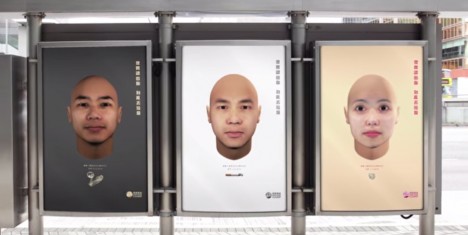
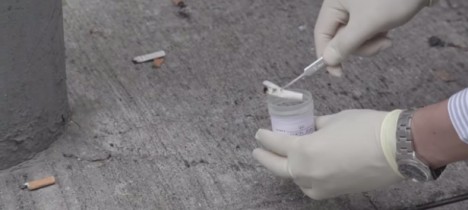
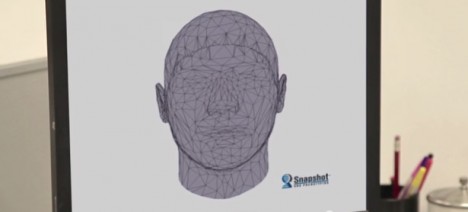


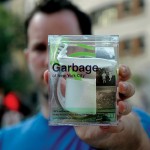
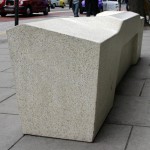








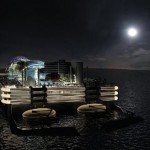


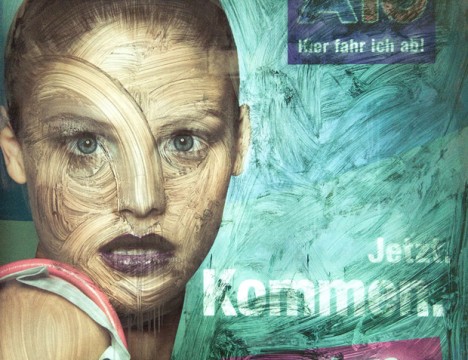
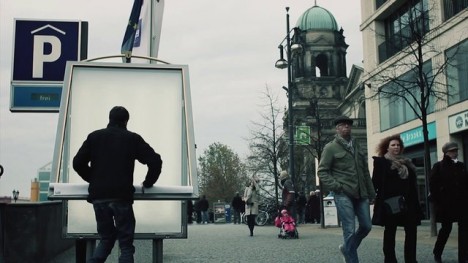
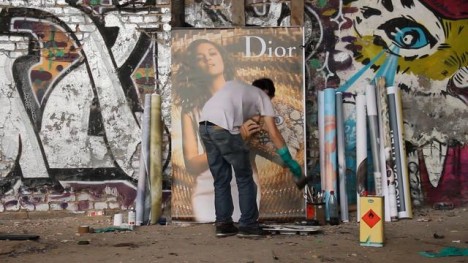
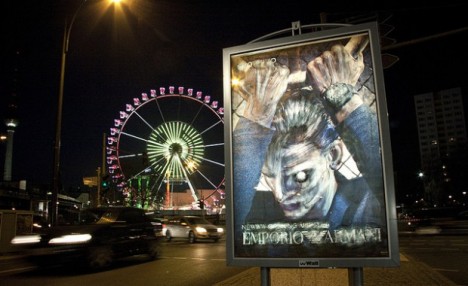
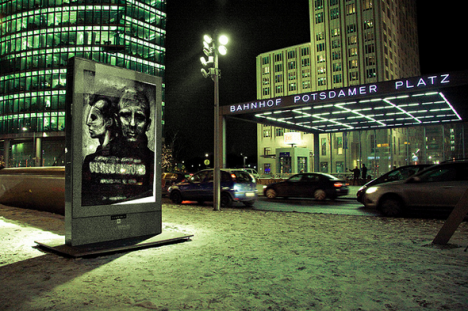
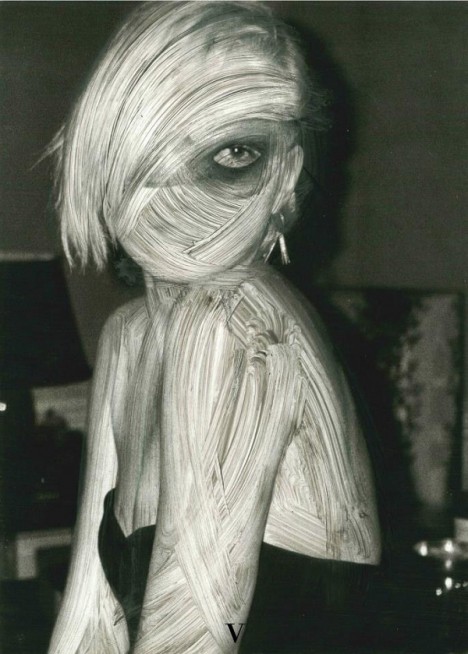
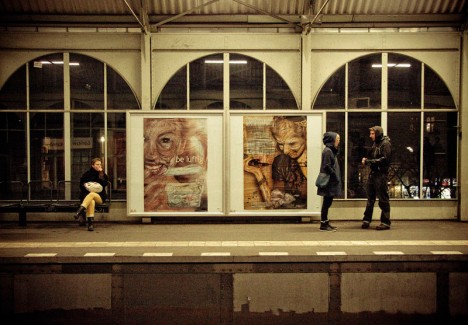


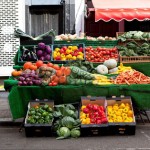

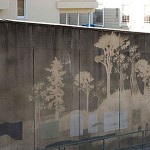
You must be logged in to post a comment.